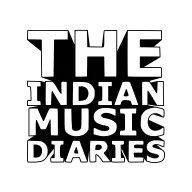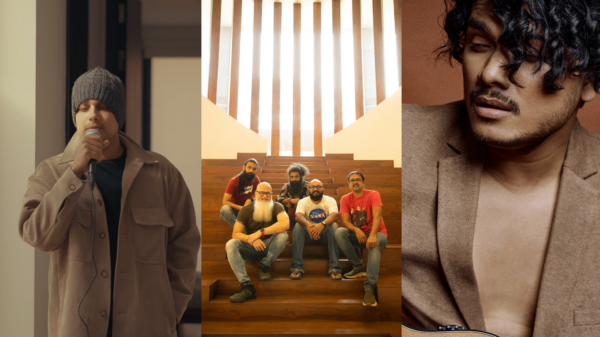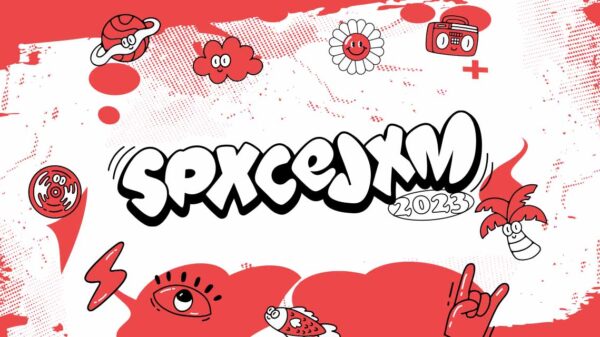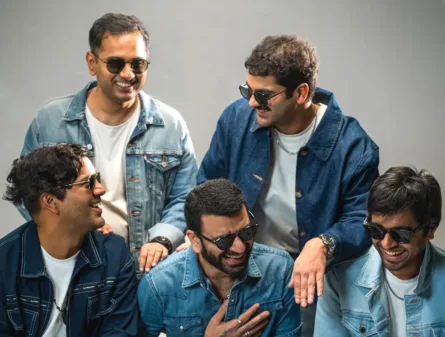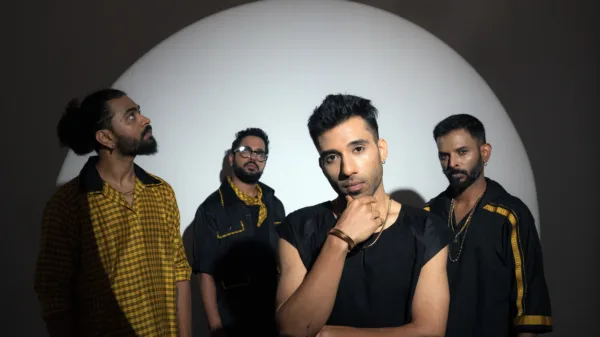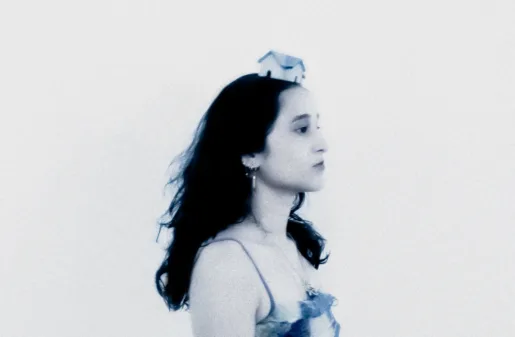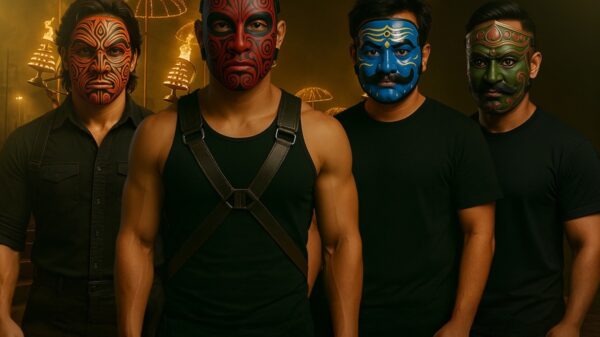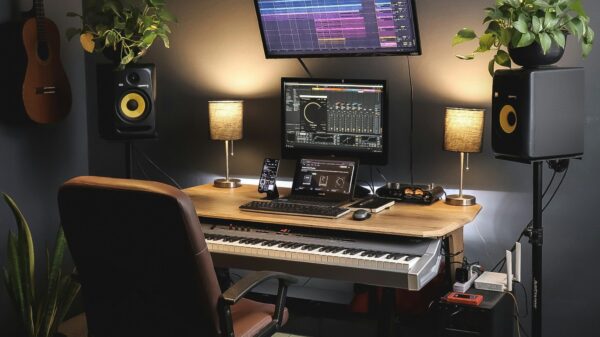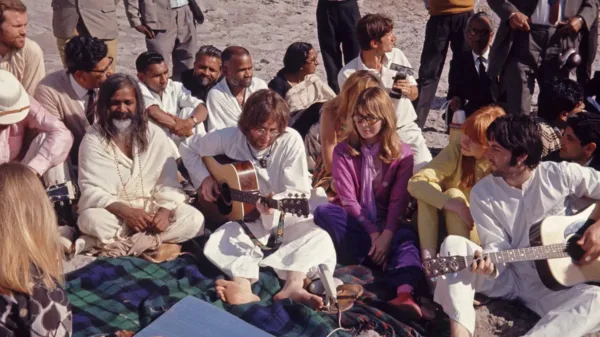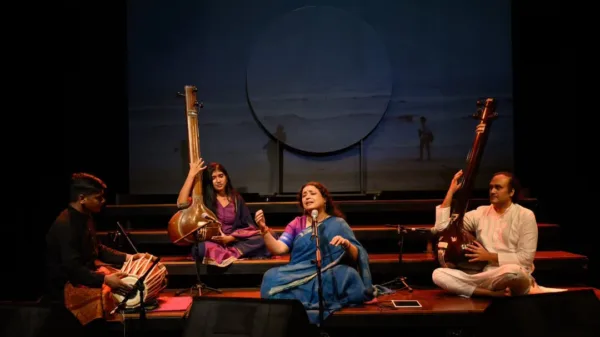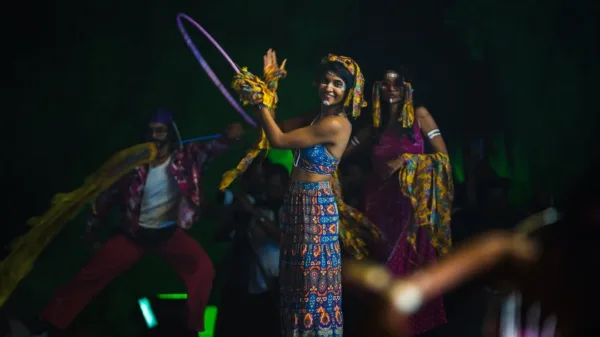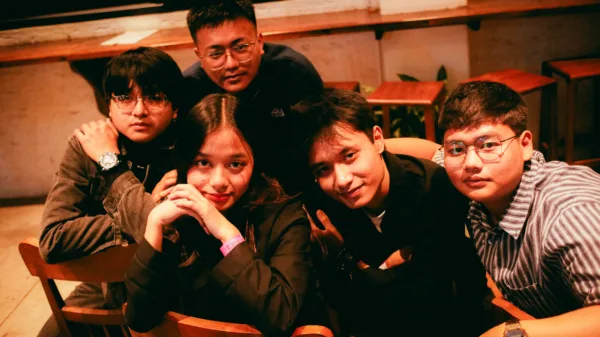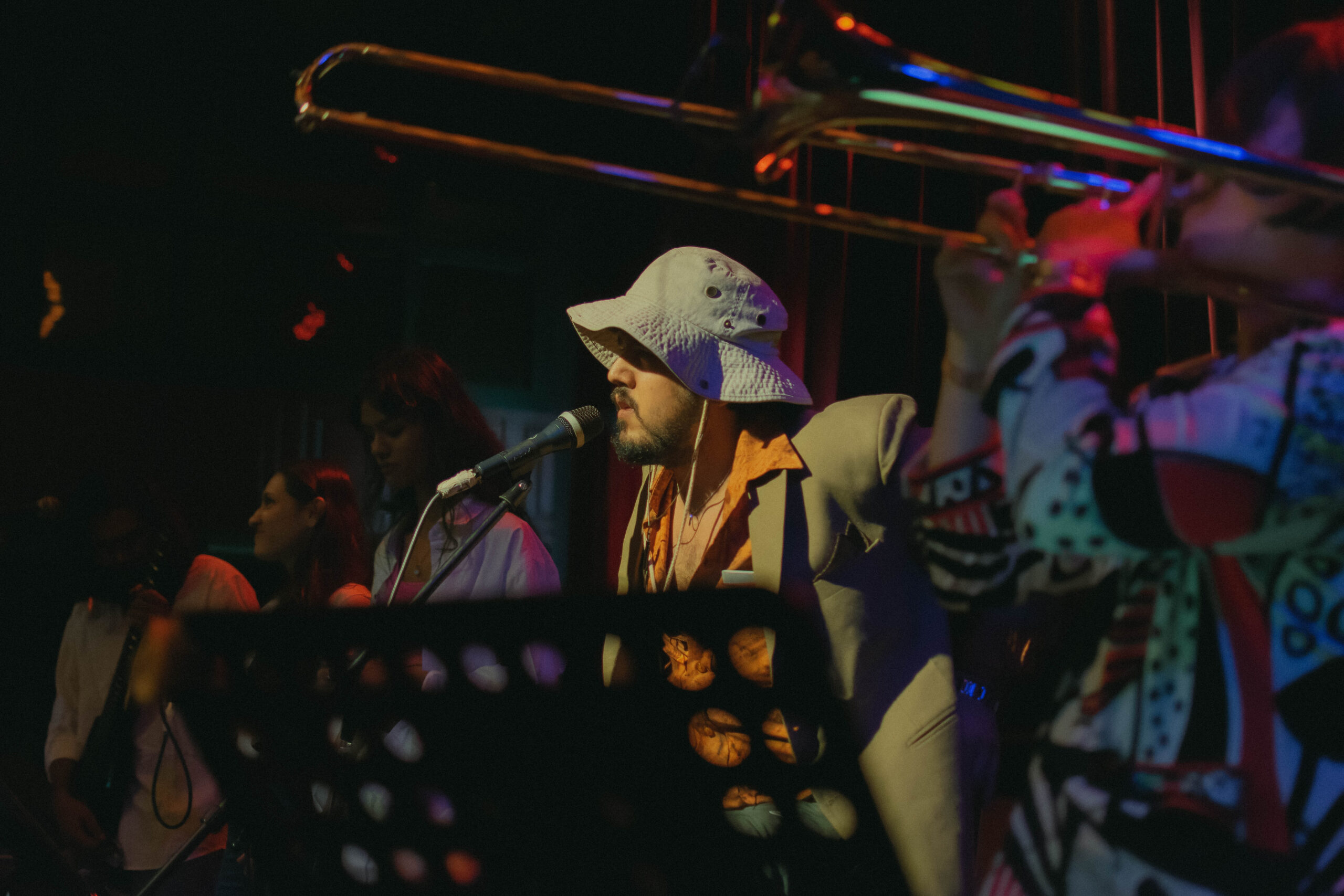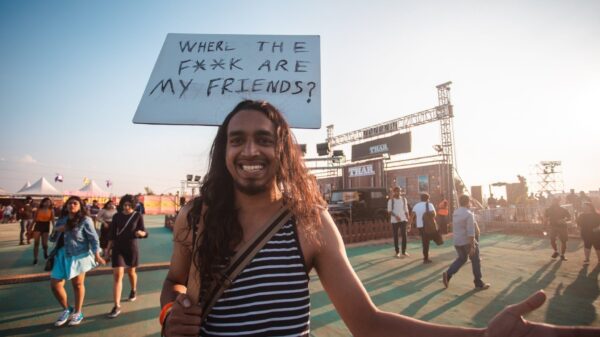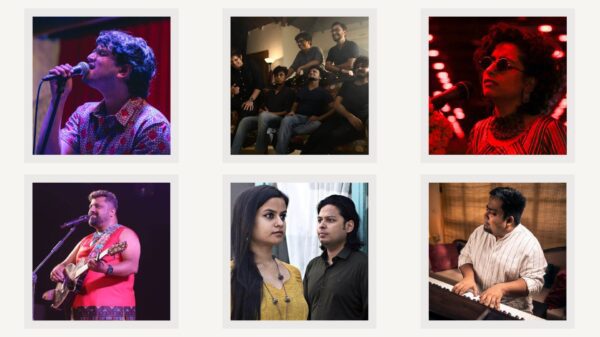“abru is extrinsic
RVAB – Dhanji
ruab on the contrary
ruab is intrinsic”
With the end of pre-Ruab, and what might be considered as one of the most revered album rollouts in the underground/alternate Hip-Hop scene, Ruab, released on the 8th of August, is undoubtedly the most anticipated non-mainstream project of this year. Dhanji has been teasing the album for a couple of years now, but according to the artist himself, it has been in the making since he was aware of it. Running for a quarter to an hour, the album features 11 tracks.
Personally, I found Ruab as an acknowledgment of Dhanji’s artistry and an ode to his experiences. Ruab is a very personal project to Dhanji and his core supporters, it is a meticulously arranged collection of tracks whose sounds tell a story of their own. I saw Ruab as a film, a non-generic one, a film that not only has highs and lows, entertaining values, and a turn of events but also contains an underlying meaning that is confined within layers of interpretations. The reason why Ruab will stay close to the audience for years to come is the disparate uniqueness and novelty it brings out.
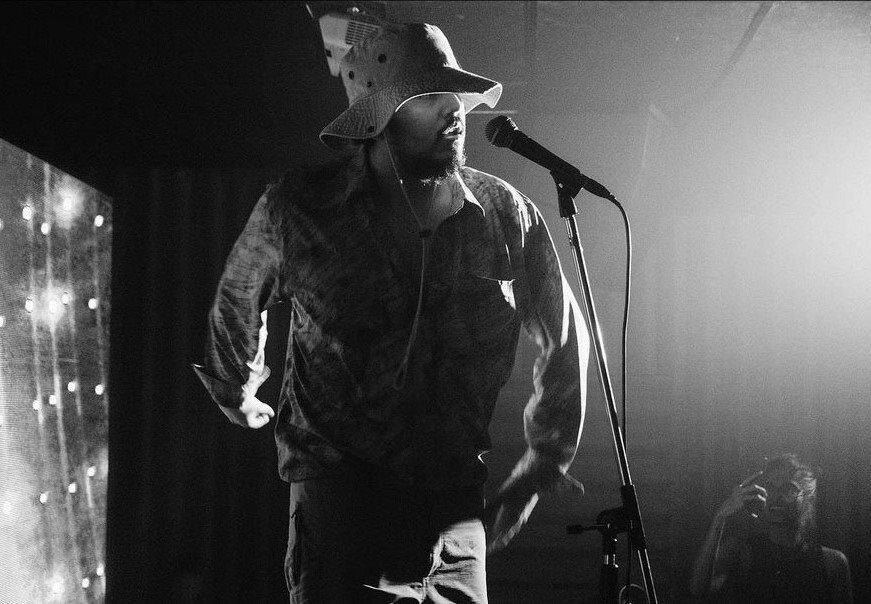
Thematically, I feel that Ruab talks about money, but not as we perceive it, it poses a question of what should be concerning an artist more. Should one choose to be a sellout, are they an artist anymore? And If one retains his integrity, how long shall they sustain in this game? A lot of instances in the album suggest the debate between Paisa and Shaurat, until “1 Khabri / 2 Numberi’. The track starts with a quarrel between Paisa and Shaurat, Dhanji narrates this story as the scene appears to be set in his imagination. Starting with a coin flip, both perspectives debate over the point of what’s more significant for one. This dispute ends with Paisa proving actual existence in the society, but does this end the age-old debate? I believe, Ruab might give you a perspective of an artist in this dilemma, but to be or not to be, is all up to you.
Ruab also features different aspects of Dhanji’s self. A way to put it is the artist is scattered throughout the album, each track features a story of its own, a different outlook while still incorporating a suggested interpretation. It presents his events in Amdavad, a city so close to him, the album also manages to contrast his artistic persona with real-life nature. I found Ruab as a transition between Jayraj Ganatra to Dhanji and vice versa in a few instances.
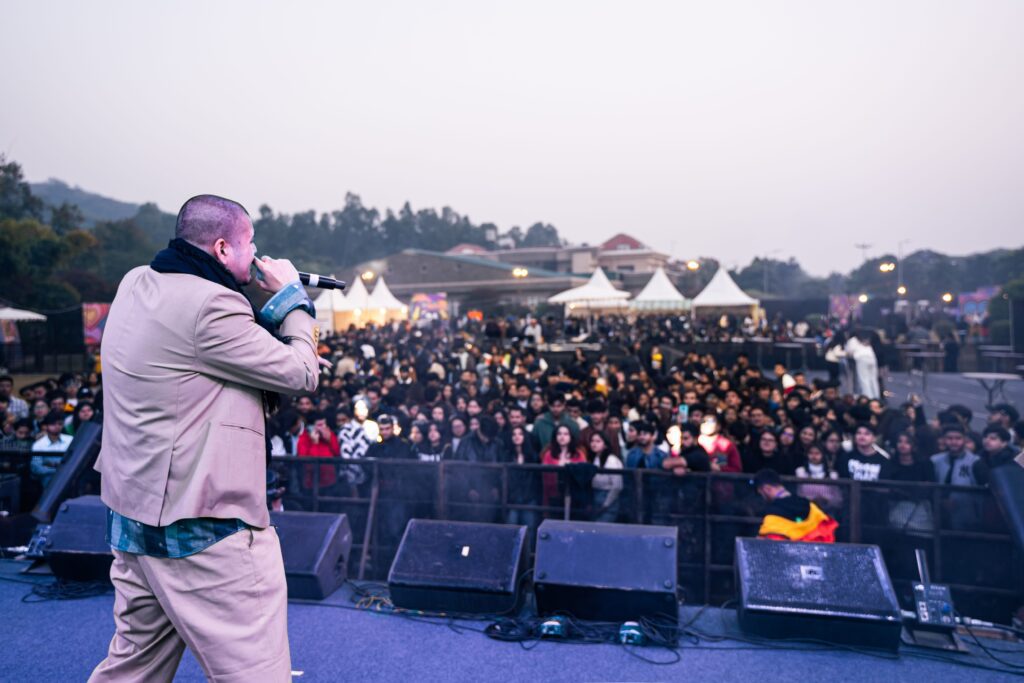
Sonically, the album is a quintessence of avant-garde in Indian Hip-Hop as we know it. It is a fusion of Funk, G-Funk, a few Jazz elements, and Hip-Hop. A huge part of the sound is inspired by James Brown’s works and Dhanji even attributes the legend throughout the album as well as the cover art. The most noticeable references are snippets of what’s rather called ‘The Most Awkward Interview’ of the late musician. Other than that the album also displays its rareness, from sampling a tune from “Biwi No.1” in ‘Teji’ to experimenting with what seems like the “Respect” sound effect from GTA San Andreas in ‘Jayanti’, the album also has unique intros like a dialogue from “Taxi Driver” in ‘Magaj Ka Beemari’ and a radio skit on ‘Put that on Wax’, and various other elements that credit the idiosyncrasy of the LP.
Ruab is produced by Produced by Circle Tone, Unfuckman, Sammad, EBE, MLHVR, and Acharya with additional production from PSV and Blu Attic. A special shout goes to Circle Tone for setting a benchmark in production and sound layerings, he has quite literally given the sound to the album, understanding Dhanji’s attempt and making it a reality. A very complete sense of uniqueness can be felt in terms of expression in the sound delivered, thanks to instruments such as drums, Saxophone, Trumpet, Trombone, Bass, Electronic Guitar, other sorts of percussion and so much more that one might miss during the initial plays. Dhanji himself has a huge contribution to the sound the LP features. The deliberate intent of making what shall be the most important project of his career yet, in a sound he hasn’t ever worked in previously showcases his meritorious competence of experimentalism. The sound of Ruab deserves a distinct appreciation together, the elements, mostly engineered except for Thaltej Blues wherein a musician/freelancer Manuel Trabucco did an original saxophone score, to the flawless transitions almost halfway through the LP, ending with a very pensive sequencing of the tracks.
While listening to the LP, I noticed intentional aspects that were added thoughtfully to drive the funk soundscape. An example is the scream talk or the shouts that Dhanji does, which is a very important fundamental of the genre. Dhanji, being known for his flow and outlandish vibe on a track, peaks on his forte with Ruab. He fluently gets into the sound of a track and seamlessly transitions between themes and perspectives. The most notable instance is 1 Khabri/2 Numberi, which starts with a skit and then changes into an eerie and bass-driven soundscape. I also saw regular attempts to use vocals as an instrument themselves, only the peculiarity being a non-facile yet effortless one rather than the desperate use of autotune or mumbling. These sorts of vocals also happen to be related to funk and have been seen in experimental projects in the West. The only repercussion this had was a portion of the audience did not resonate with the lyrical content, their complaint being unclear and over complex verse that didn’t make much sense at first. The lyricism of Ruab is yet another example of Dhanji’s caliber as an eccentric storyteller. Other than the simpler bars, quotables, and witty liners the lyricism featured the story of Dhanji, his Amdavad lore, and his ideas. The verses celebrate his philosophies and showcase the constant battle of being an artist in search of his reputation while being a person making ends meet.
Another factor that completes Ruab’s thematic and sonic side is the carefully chosen and beautifully executed features. Every feature is placed perfectly throughout the LP as if Dhanji paints a picture and chooses the colours out of a palette exquisitely to compliment his art. One of the best ones is a posse cut featuring Bagi Munda, Faizan, Arpit Bala, Lit Trust, and Siyaahi, ‘What Would The Credit Department Do?’, a track themed around foreshadowing struggles faced by artists and the state of talents in the scene. Other features such as Gravity on ‘Mulaqat’ and Encore ABJ on the freestyle ‘Jayanti’ that lightens the mood after the emotional and hard-felt tracks preceding it are examples of how well features and tracks are sequenced in the album. Additional vocal features by Pho, 3bhk, Neil CK and Ishan present more to the melodic side of the album. A very special one is Neil CK whose vocals and voices have filled Thaltej Blues, where he worked along with Dhanji on recreating the track with the same stems yet a different and newer version.
Whether one likes it or not, experimental projects have always stayed relevant in the scene for years to come, these projects have the strength to pave a new path in the direction of originality in art. Ruab is the epitome of what one might term as an ‘artistic courage’. Dhanji has a history of always switching sounds and never settling into one, he has never stuck to a genre and adapted it into his musicality. Ruab is also an expression of perspectives and suggested meanings, there is something for everyone to relate to, and because of that one might interpret the whole body of work however they want, as long as it stays relevant for themselves. This is another reason why the LP will stay in the audiences’ mind for a long time. In this case, A project Ruab constantly reminded me of was “To Pimp A Butterfly”, even though it was largely accepted as an exploration of racial discrimination, a lot of people resonated with it with a different interpretation altogether. It also preaches the willingness of a creator to set their pride aside, intricately study a piece of art and transform their artistry around it. It showcases a way to pay homage to your roots and narrate your life experiences whilst relating them to other themes and collectively organizing it to form a larger connotation.
